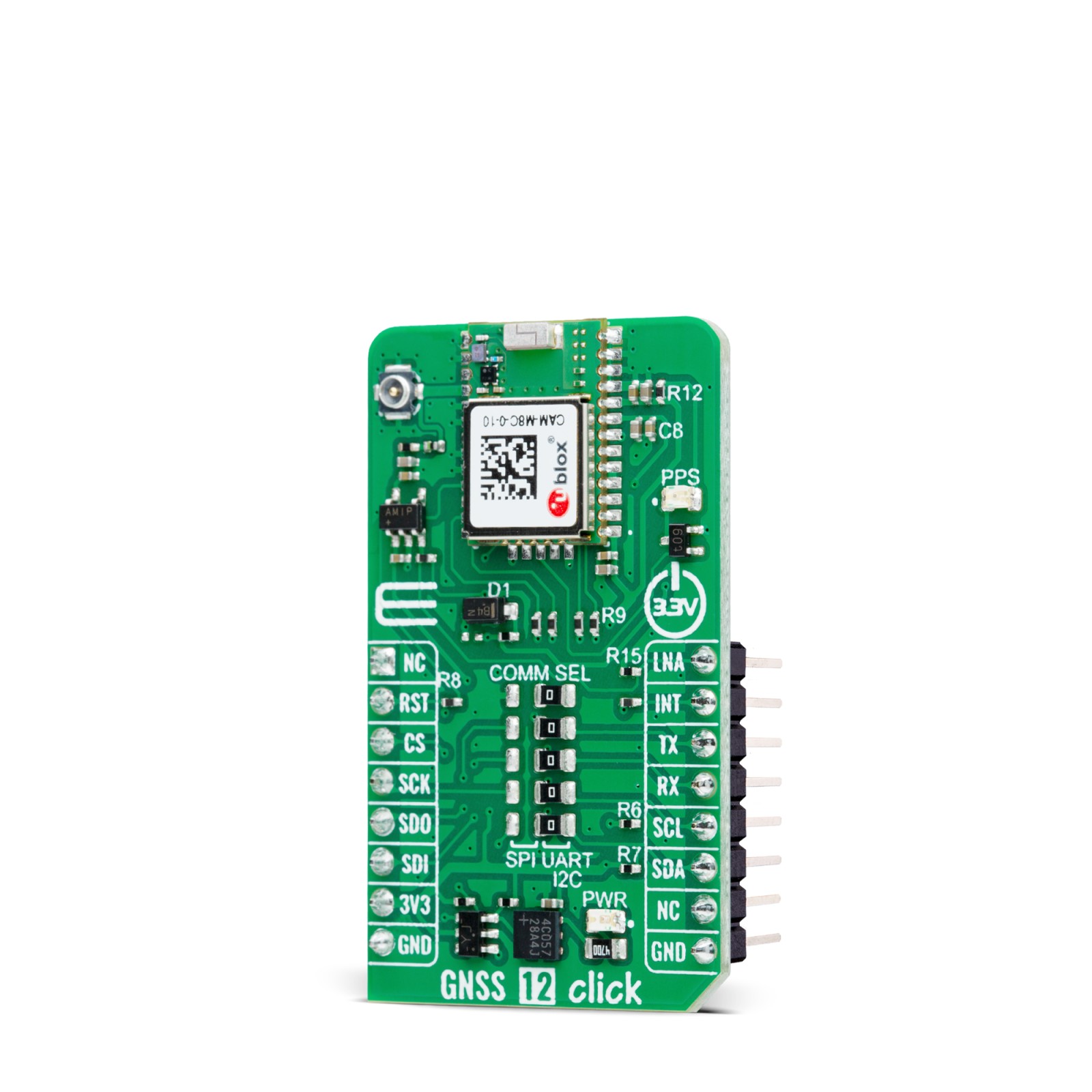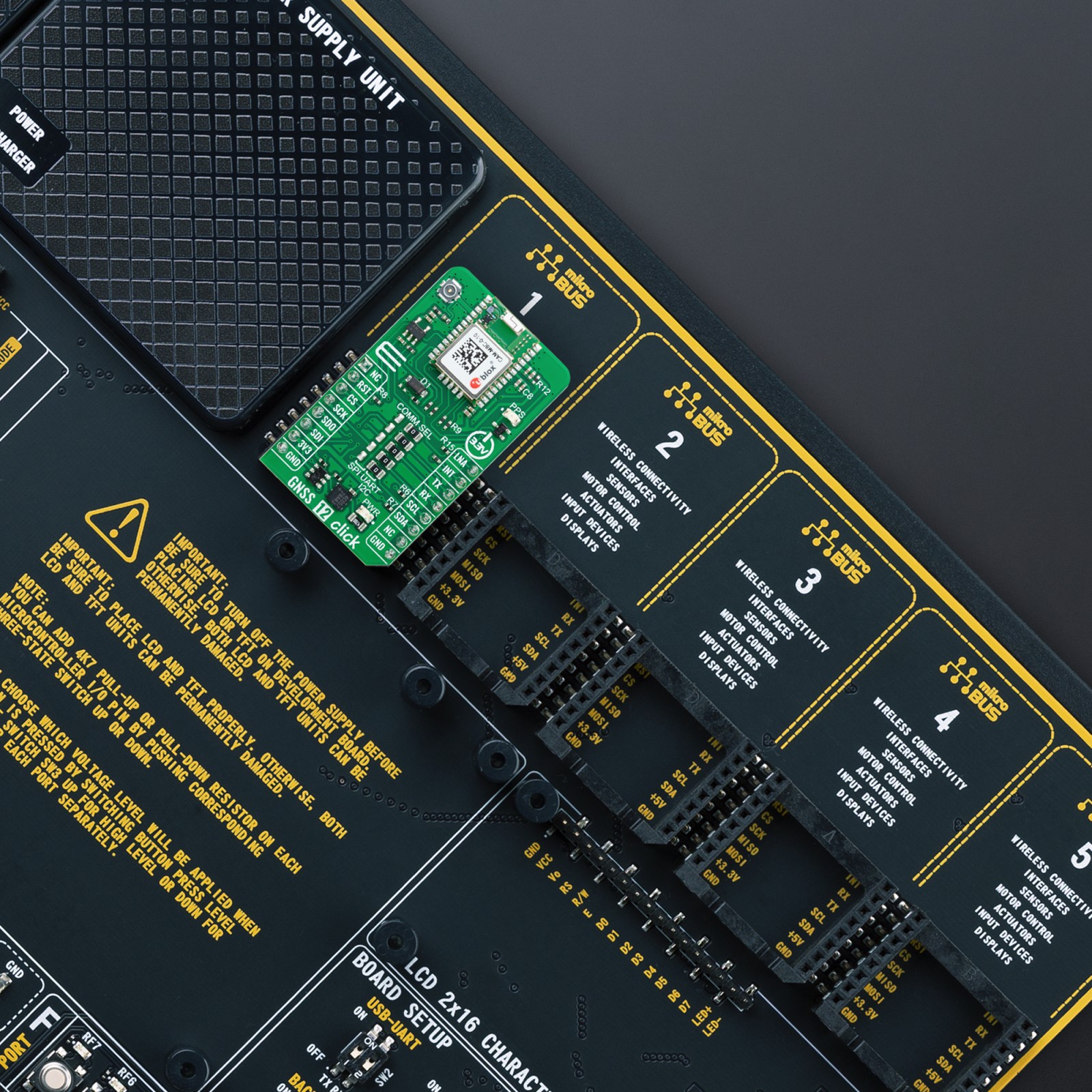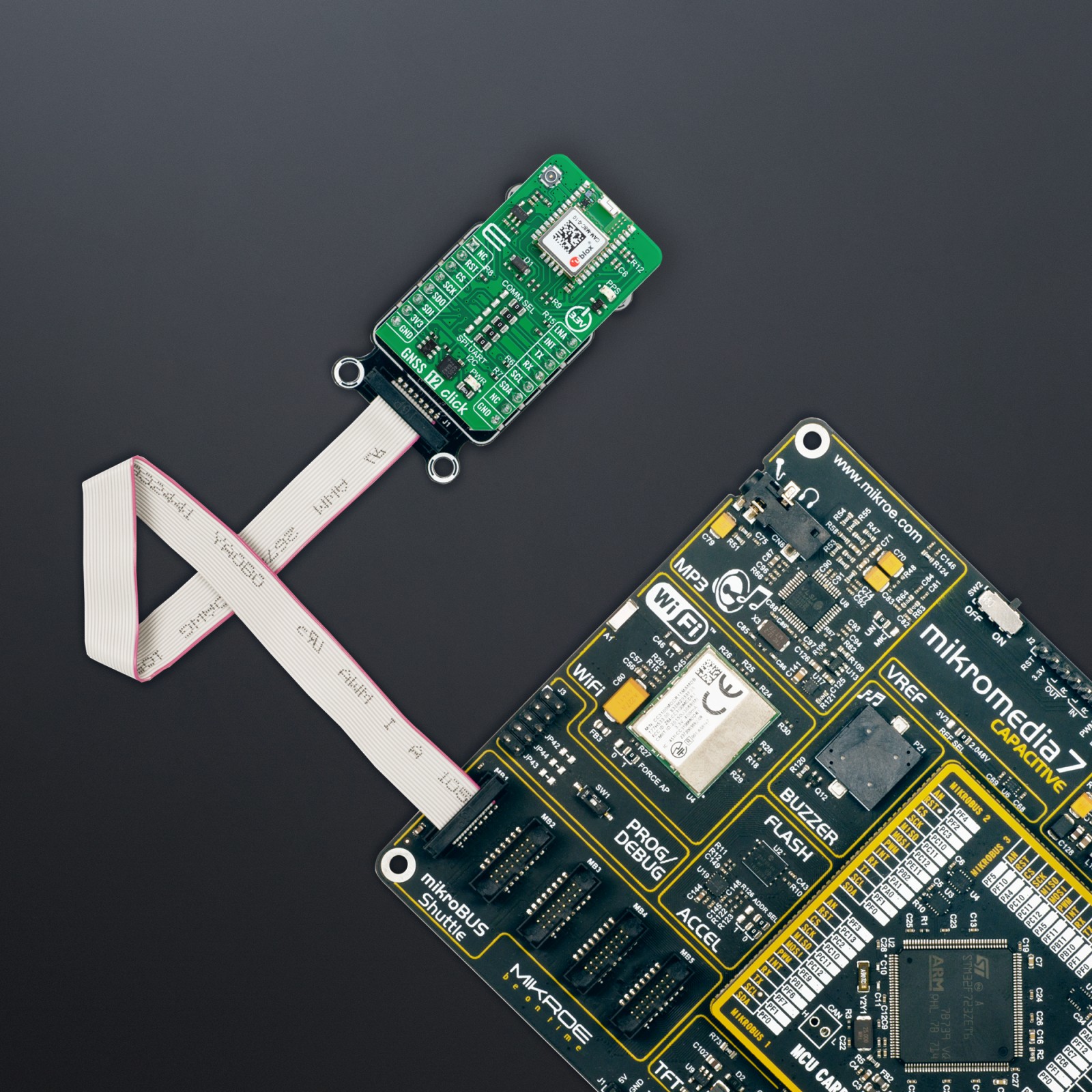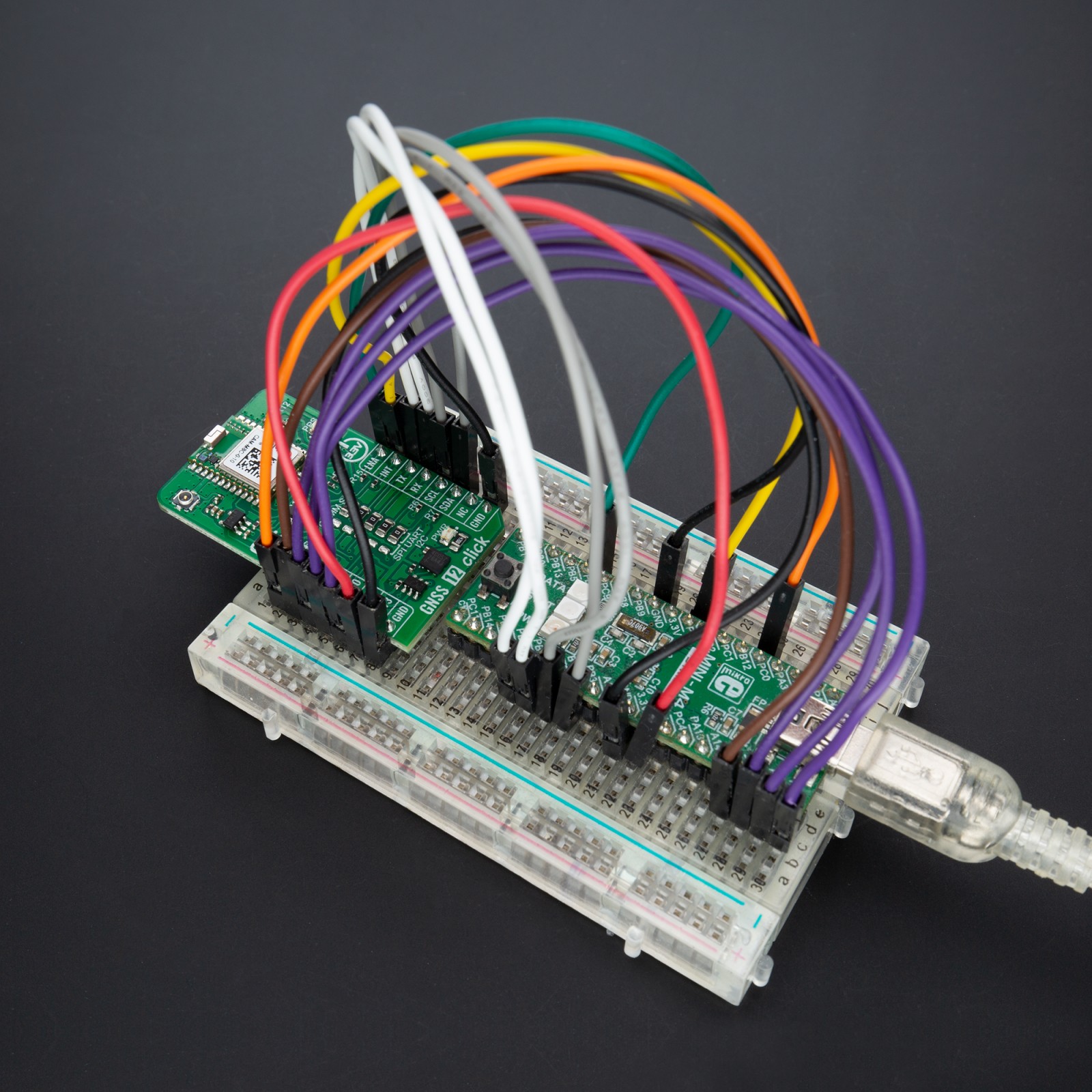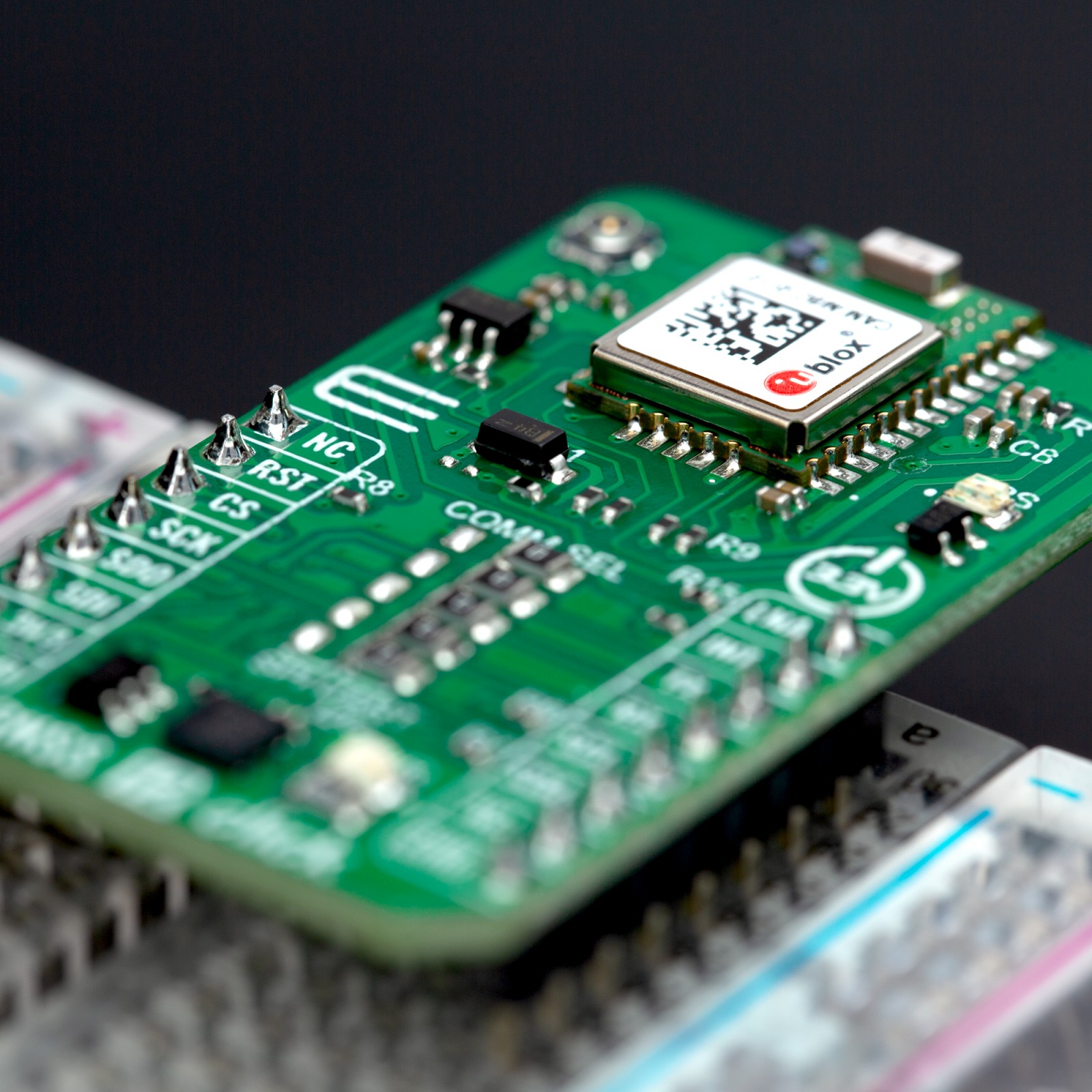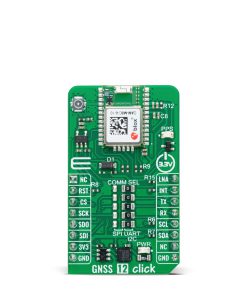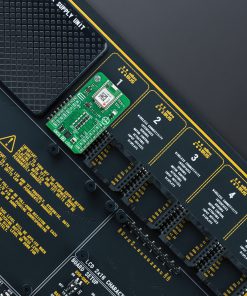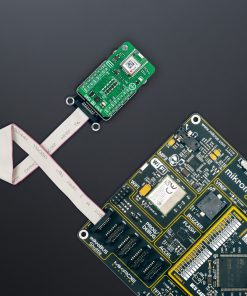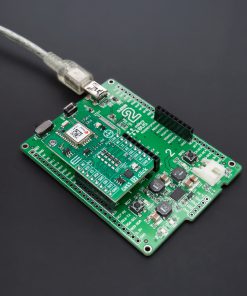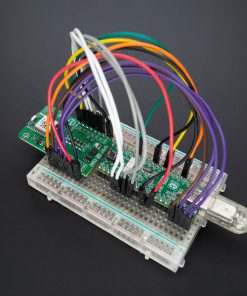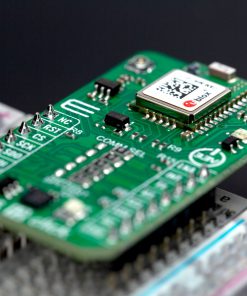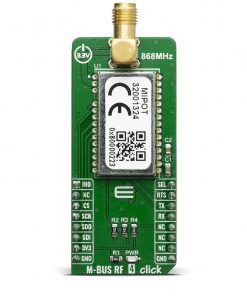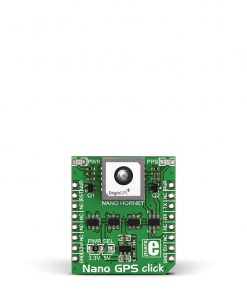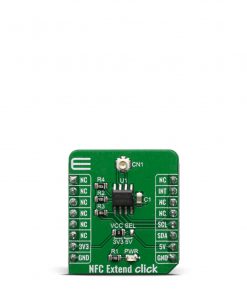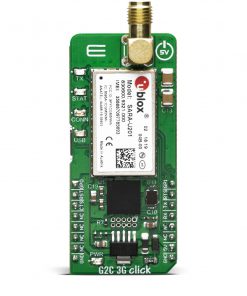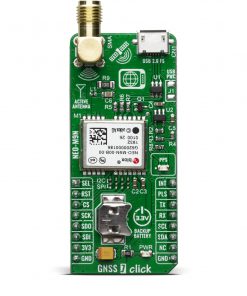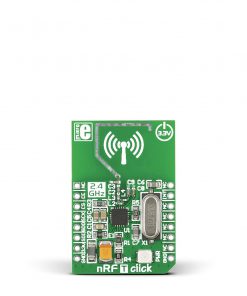-
×
 3D Motion Click
1 ×
3D Motion Click
1 × R1,050.00R945.00 -
×
 tRF Click
1 ×
tRF Click
1 × R1,050.00R945.00 -
×
 BEE Click
1 ×
BEE Click
1 × R800.00R720.00 -
×
 METHANE Click
2 ×
METHANE Click
2 × R335.00R301.50 -
×
 LPG Click
1 ×
LPG Click
1 × R335.00R301.50 -
×
 GSM Click
2 ×
GSM Click
2 × R1,050.00R945.00 -
×
 MP3 Click
1 ×
MP3 Click
1 × R485.00R436.50 -
×
 EXPAND Click
1 ×
EXPAND Click
1 × R260.00R234.00 -
×
 microSD Click
1 ×
microSD Click
1 × R355.00R319.50
Subtotal: R6,394.50


